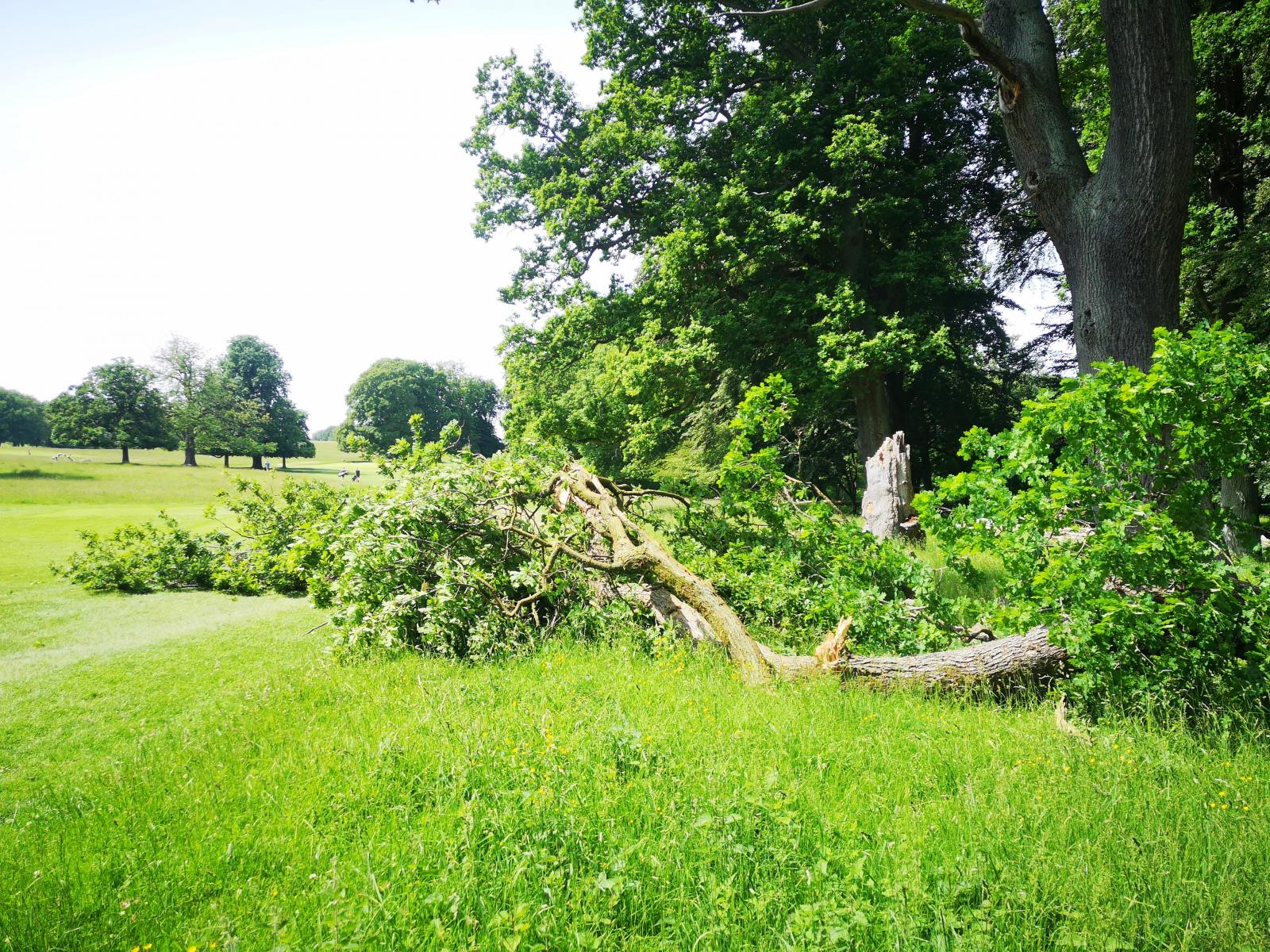Course status June
Major work on the field in the latter part of June:
Week 25: Greens are cut vertically
Week 25-26: Fairways reseeded. Expect a little wait time on the fairways.
Week 26: Greens are being aerated. Expect slightly abnormal conditions
We are halfway through June, which has been a very busy month so far with lots of matches, tournaments and games on the course. The greenkeepers have focused on keeping the tees, green surrounds and fairways mowing as high as possible as the grass has really started its growing season. At the time of writing, we have only completed the fourth week of mowing the fairways with cylinder mowers, which is unusual. The growth came late, but strong.
Despite really good growth, we are still struggling on the greens to get the roll we have become accustomed to. The speed is reasonable enough, but the greens have had an uneven roll due to the different growth rates of the many different grasses. These are old fescues and creeping fescues that tease with their horizontal runners. It looks ugly and can cause the ball to change track. These are not grasses we get rid of and some years they are more of a nuisance than others. We can brush and cut them so that they look nice and have less of an impact, but we are always careful with too much mechanical work because the red fescue – which is our primary grass – is so sensitive to too much work. Too much work and it disappears and then we are left with poorer grasses that do not handle winter diseases as well. It is a balancing act. This year, unfortunately, the runners have been particularly bad, but we have cut a lot in the last few weeks and that has helped. We will continue to cut until we can see that we have reached the bottom and you should be able to experience that it will get better and the greens will become more dangerous.
Not all of our greens are in ideal condition. The 1st, 18th and putting green always come through the winter badly. We are in mid-June now and the 1st green is still hanging, but the 18th and putting green are actually nice and almost healed now. There is no miracle cure unfortunately and I can't explain why the 1st is worse than the other two this year. The playing pressure on the course is now decreasing and that makes room for the special care which these greens will receive over the next few weeks.
We have just had our large putting green thatched, which has dramatically reduced the quality. The green has a large proportion of unwanted annual meadow grass and thatching is one of the best methods of getting rid of weeds. It will soon be back, but the thatching will probably come back too, unfortunately.
This week our golf course agronomist Alistair Beggs has been visiting. It has been a few years since he last visited, as he has moved into an advisory role for the R&A on their British Open courses. His advice is valuable as his insight into the care of the grasses we want on our courses is incredibly high and because he knows what resources and skills are required to get to the top. His report from his course visit will follow soon and, as on previous occasions, will be published on our website.
As always:
Straighten up impact marks
Bring a divot bag with you on your round
Play ready golf
And be careful not to walk too close to the old trees. The branches are heavy with leaves and the season for breakage and fall has begun.
Enjoy!
Martin Nilsson, Chief Greenkeeper

